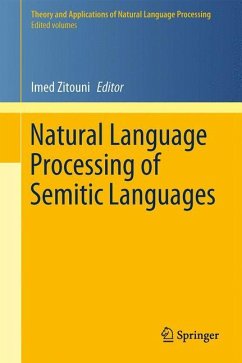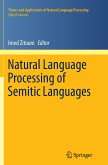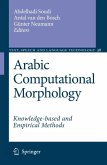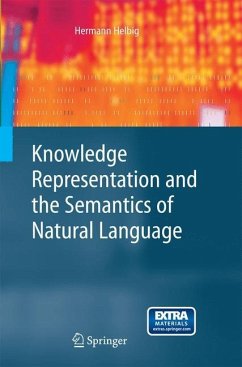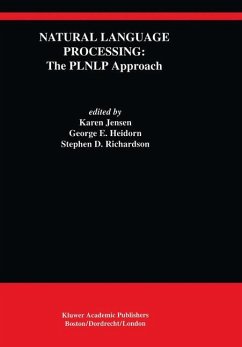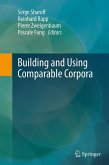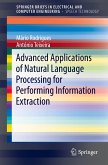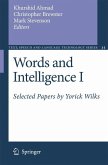Research in Natural Language Processing (NLP) has rapidly advanced in recent years, resulting in exciting algorithms for sophisticated processing of text and speech in various languages. Much of this work focuses on English; in this book we address another group of interesting and challenging languages for NLP research: the Semitic languages. The Semitic group of languages includes Arabic (206 million native speakers), Amharic (27 million), Hebrew (7 million), Tigrinya (6.7 million), Syriac (1 million) and Maltese (419 thousand). Semitic languages exhibit unique morphological processes, challenging syntactic constructions and various other phenomena that are less prevalent in other natural languages. These challenges call for unique solutions, many of which are described in this book.
The 13 chapters presented in this book bring together leading scientists from several universities and research institutes worldwide. While this book devotes some attention to cutting-edge algorithms and techniques, its primary purpose is a thorough explication of best practices in the field. Furthermore, every chapter describes how the techniques discussed apply to Semitic languages. The book covers both statistical approaches to NLP, which are dominant across various applications nowadays and the more traditional, rule-based approaches, that were proven useful for several other application domains. We hope that this book will provide a "one-stop-shop'' for all the requisite background and practical advice when building NLP applications for Semitic languages.
The 13 chapters presented in this book bring together leading scientists from several universities and research institutes worldwide. While this book devotes some attention to cutting-edge algorithms and techniques, its primary purpose is a thorough explication of best practices in the field. Furthermore, every chapter describes how the techniques discussed apply to Semitic languages. The book covers both statistical approaches to NLP, which are dominant across various applications nowadays and the more traditional, rule-based approaches, that were proven useful for several other application domains. We hope that this book will provide a "one-stop-shop'' for all the requisite background and practical advice when building NLP applications for Semitic languages.

